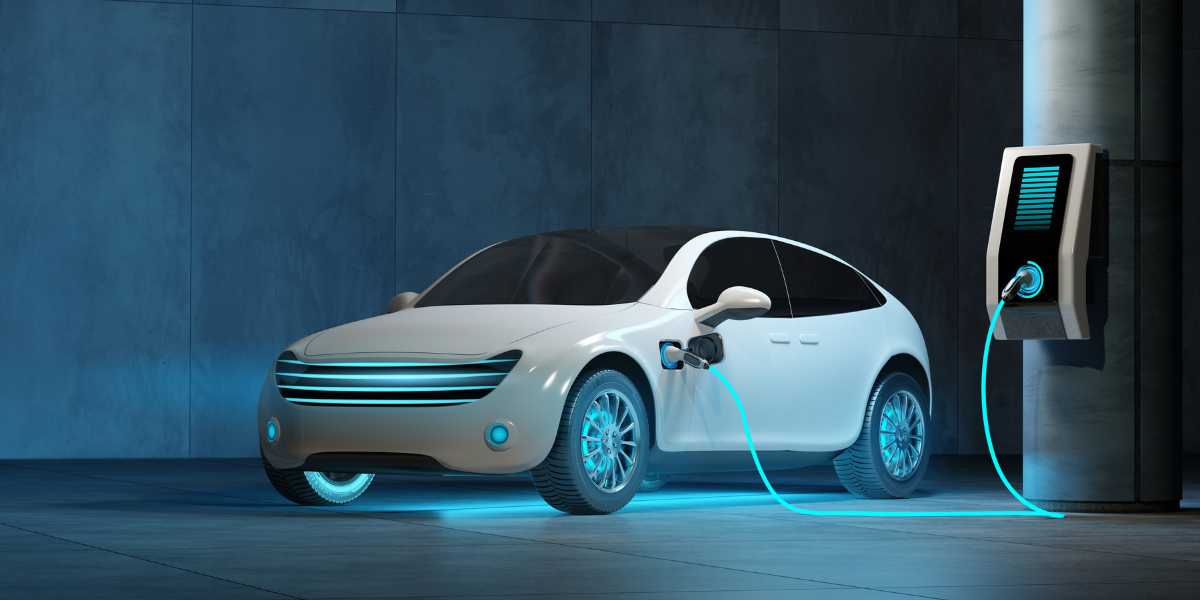
In our previous blog, we discussed what an electric motor was and how its power output is directly proportional to the motor speed multiplied by the torque on the coil. In part two of this blog series, we dive deeper into the linear relationship between power and speed and how it is an important factor in determining an electric vehicle’s acceleration and top speed.
Acceleration
When comparing the power and speed of an electric motor to an internal combustion engine, it might seem logical that the relationship would be the same, except electromagnetic forces are replaced with the force exerted by the explosion within a cylinder. However, due to the many moving parts in an internal combustion engine, friction becomes a factor. Before the internal combustion engine can maximize torque, it needs to first build inertia. The resulting Torque/Power Curve ends up looking something like the graph below:
Comparing the internal combustion engine graph with the electric motor graph below, the electric motor is more efficient, delivering full torque from the start. There is a linear relationship between how fast the motor is spinning and the power required to spin it.
Electric vehicles have “instant torque”, which allows for incredible acceleration when compared to a gas-powered vehicle. This is exactly what makes Tesla’s “insane mode” possible. In fact, the new Tesla Model S Plaid can reach 60mph in less than 2 seconds1, and now the Rimac Nevera holds the world record for quarter-mile time.
Top Speed
Traditionally, electric vehicles had an advantage in acceleration over gas-powered vehicles but lagged on top speed. However, as electric vehicle technology is evolving, this is no longer the case. Just two years ago, Corvette’s electric vehicle, the Genovation GXE, was setting new speed records at just over 210 mph2. Now, the Rimac Nevera claims to be capable of reaching 258 mph3. These types of speeds are well above what the average driver would ever dream of going, but it is an indication that the top speeds of an average electric car are rising. Reaching these milestones eliminates a factor that initially prevented consumers from making the switch to electric.
The top speed of an electric vehicle will be limited to the maximum rotating speed of the motor. Dividing this by the gear ratio will determine the rotational speed of the wheels, and multiplying that by the circumference of the tires will give the theoretical maximum speed of the vehicle.
Top Speed (mph)= (RPM/(Gear Ratio)) x Tire Circumference x ((1 hr)/(60 mins))
Since electric motors can reach much higher speeds than internal combustion engines and are more efficient (as seen in the graphs from the previous section), they can operate with a single gear and still reach high speeds. This eliminates the need for a transmission, which adds complexity and weight to the vehicle. However, in order to reach the higher speeds that luxury cars are now capable of offering, transmissions may become necessary.






